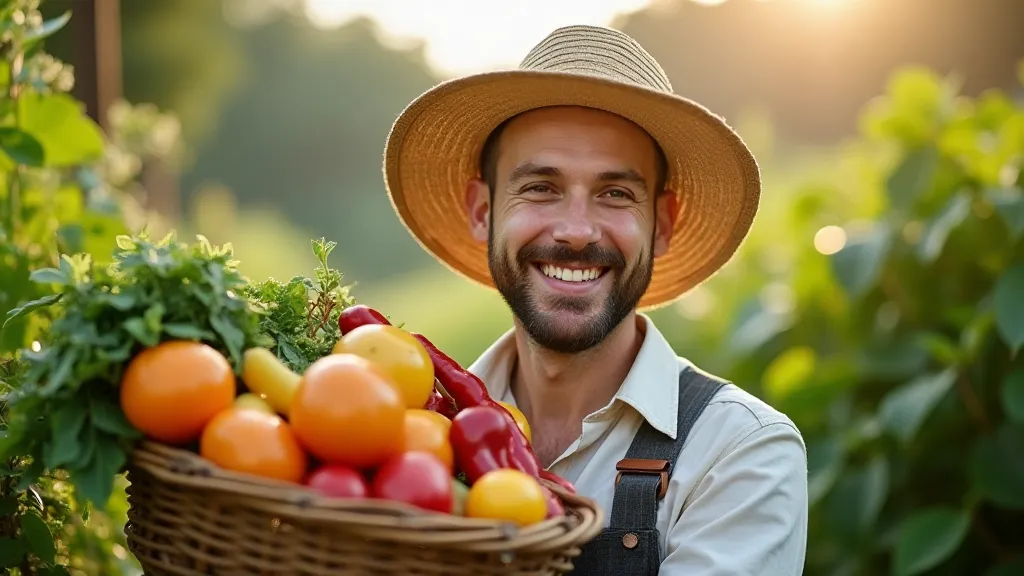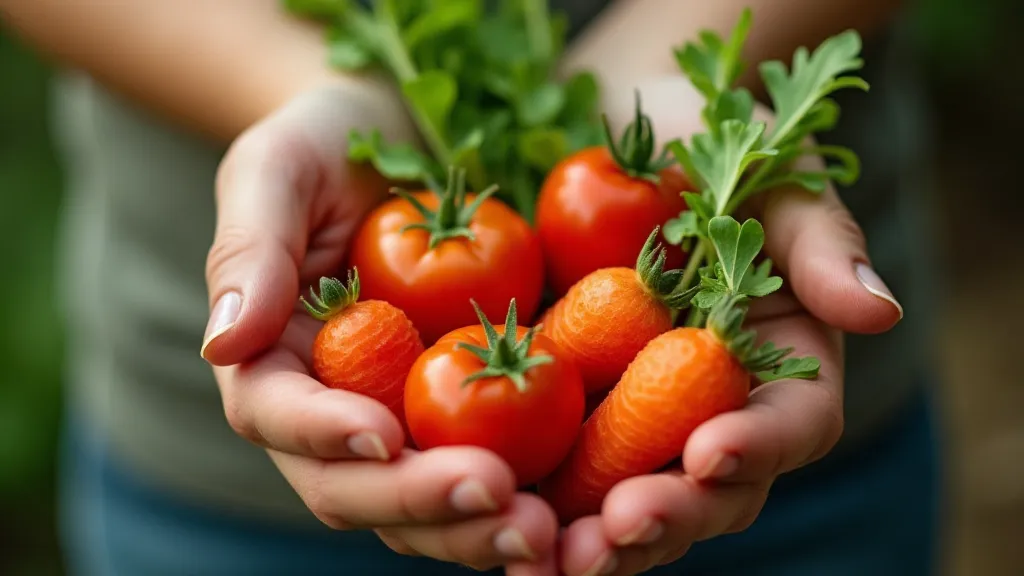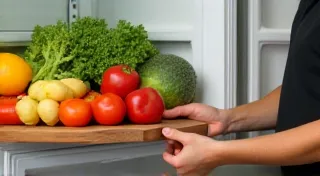Supporting Local Farmers: Benefits for You & the Environment
In a world increasingly focused on sustainability, many of us are seeking ways to minimize our environmental impact and support ethical practices. One of the most impactful changes we can make is to prioritize supporting local farmers. Buying locally grown produce and products isn't just a trend; it's a cornerstone of a truly sustainable lifestyle. Let’s explore the numerous advantages of choosing local.
Why Choose Local? The Environmental Advantages
The journey our food takes from farm to table often involves significant transportation distances. These long hauls contribute substantially to carbon emissions, impacting our planet's climate. By choosing local, you drastically reduce this environmental footprint. Shorter transportation distances mean less fuel consumption and fewer emissions contributing to air pollution.
Furthermore, local farms often utilize more sustainable farming practices. Many are committed to reducing pesticide use, protecting water resources, and promoting biodiversity. They're more likely to embrace organic and regenerative agriculture, nurturing the health of the soil and the ecosystem as a whole. The focus is on long-term health and resilience, not just short-term yield. Supporting these practices encourages more farmers to adopt them.

Benefits for Your Community
Supporting local farmers is an investment in your community. When you buy locally, your money stays within the local economy, creating jobs and supporting small businesses. This strengthens the local infrastructure and fosters a sense of community pride.
Local farmers are often more connected to their customers. This creates a valuable opportunity to learn about where your food comes from and how it's produced. You can build relationships with the people who grow your food, fostering a deeper appreciation for the agricultural process. Local farmers' markets, farm stands, and CSAs (Community Supported Agriculture) are excellent avenues for connecting with local growers.
Fresher, Healthier Food
Produce that travels long distances is often picked before it's fully ripe to ensure it can withstand the journey. This results in food that lacks the full flavor and nutritional value of freshly harvested produce. Local produce, on the other hand, is typically picked at its peak ripeness, offering a superior taste and higher concentration of vitamins and minerals.
The shorter time between harvest and consumption also means that local food retains more of its natural goodness. You’re getting the freshest, most nutritious food possible – benefiting both your health and your taste buds.

Finding Local Options
Connecting with local farmers is easier than you might think. Here are a few ways to get started:
- Farmers' Markets: Check for farmers' markets in your area – they’re a great place to find a wide variety of locally grown produce.
- Farm Stands: Many local farms operate farm stands where you can purchase their products directly.
- CSAs (Community Supported Agriculture): Joining a CSA allows you to receive regular deliveries of fresh, seasonal produce directly from a local farm.
- Local Food Directories: Online directories can help you find local farms and food producers in your region.
Small Changes, Big Impact
Supporting local farmers isn’t just about buying food; it's about investing in a healthier planet, a stronger community, and a more sustainable future. By making conscious choices about where our food comes from, we can collectively create a positive impact on the environment and the lives of those around us. Even small shifts in our purchasing habits can make a significant difference.






